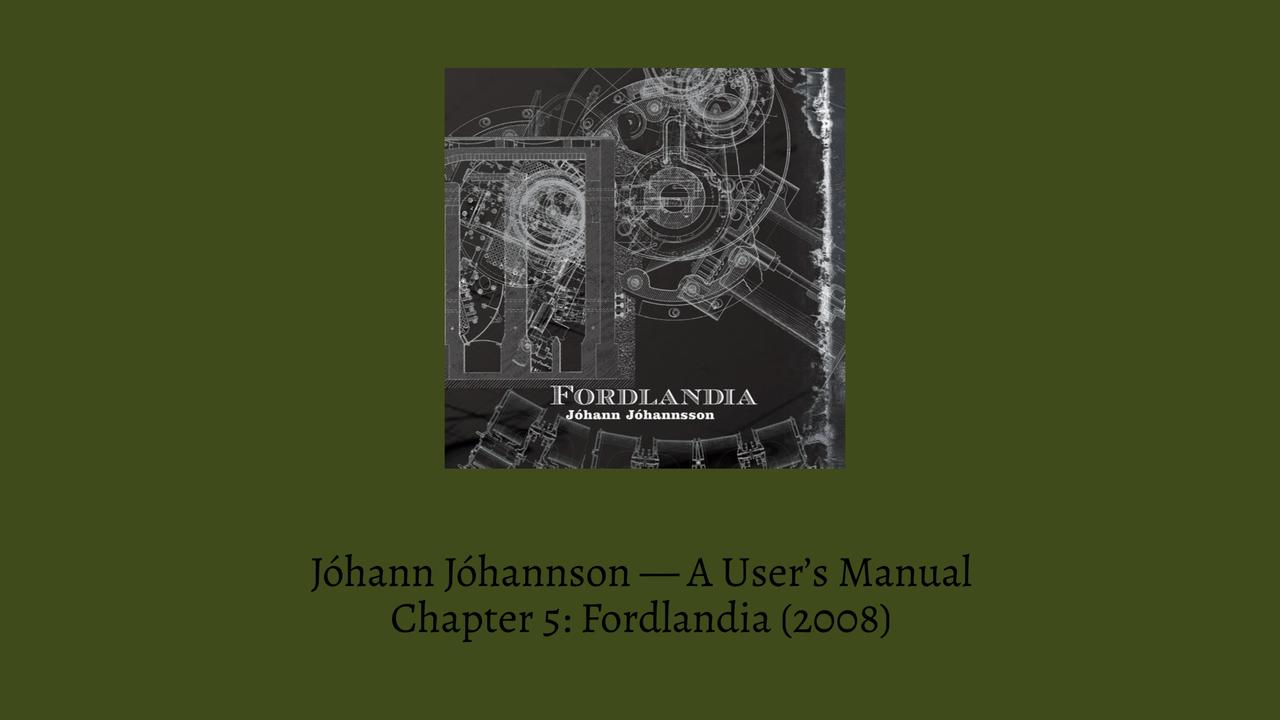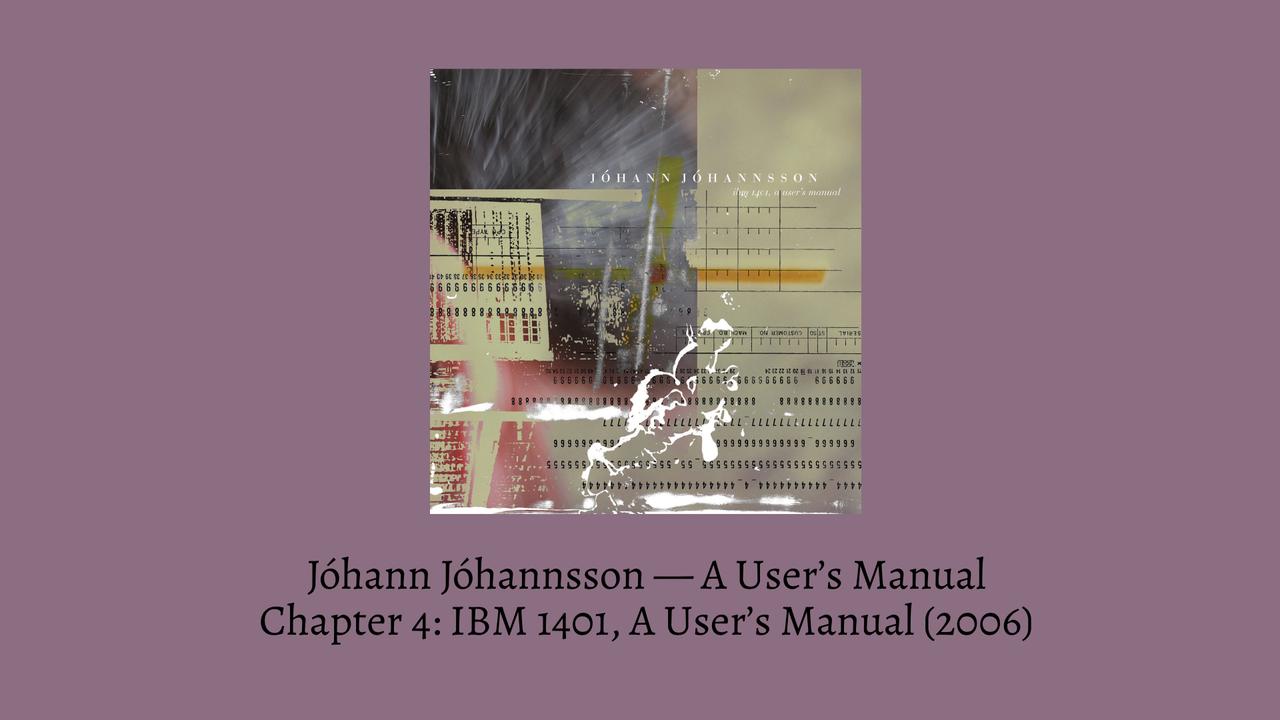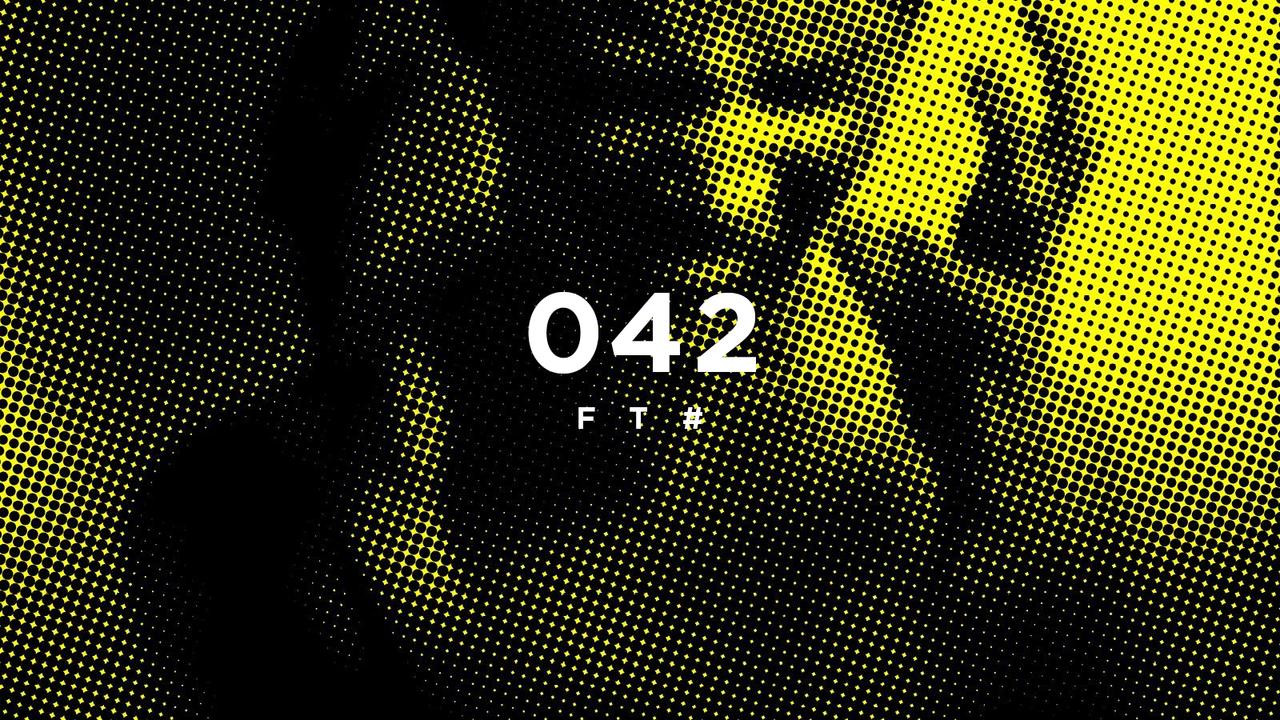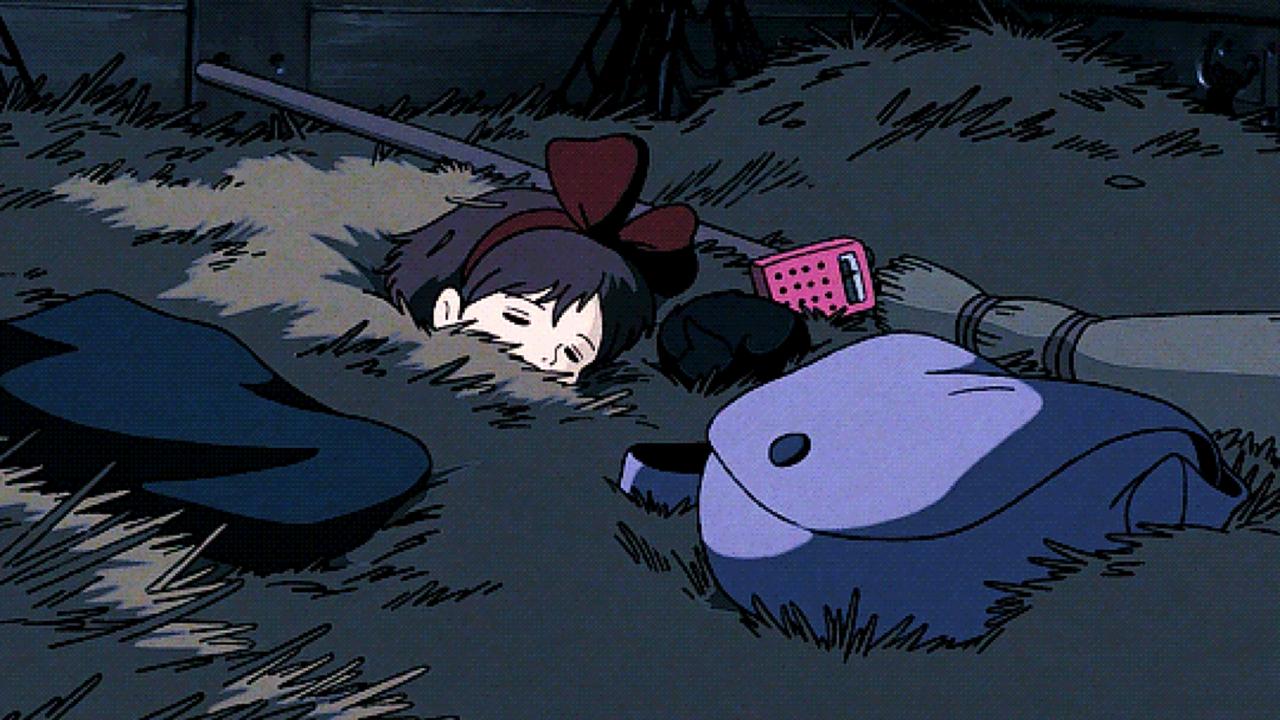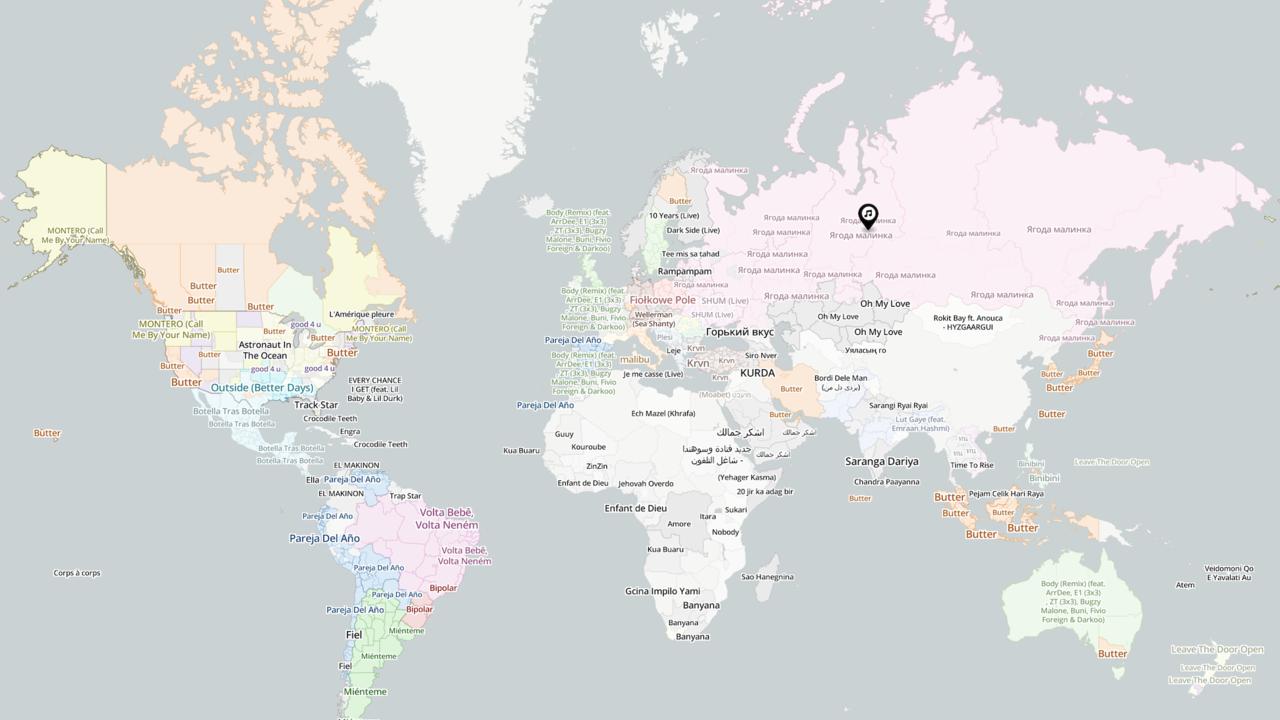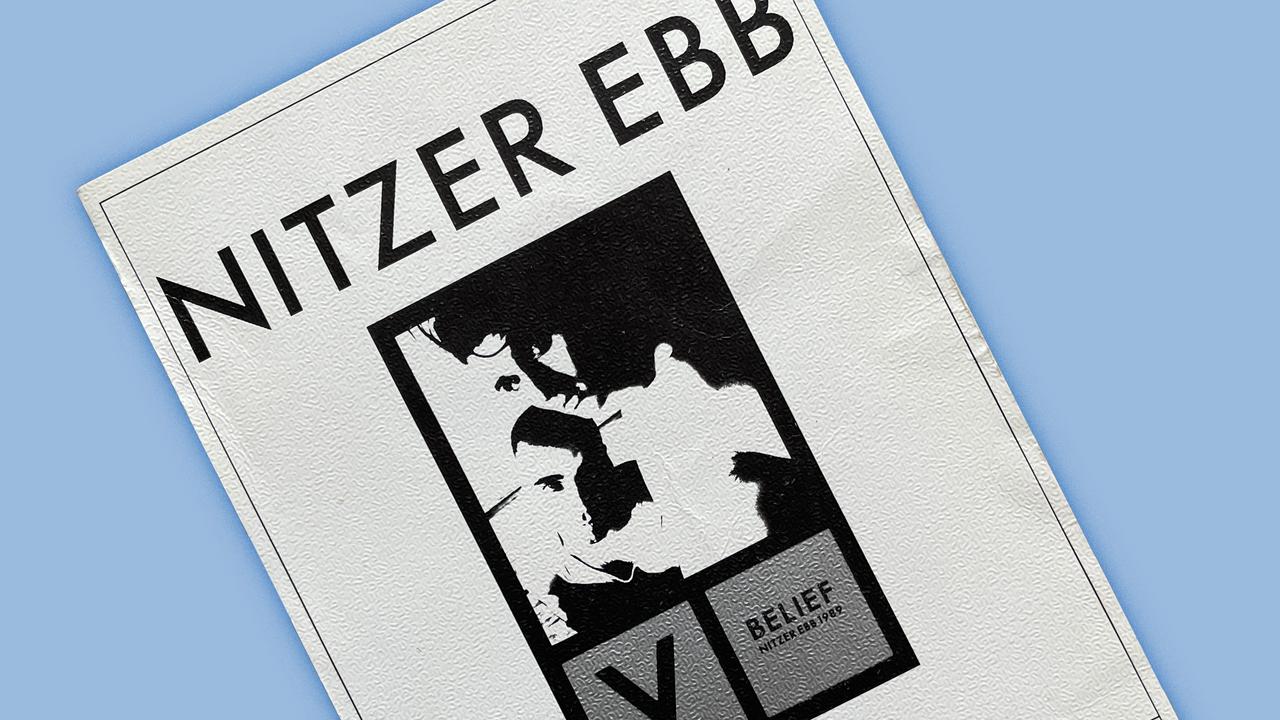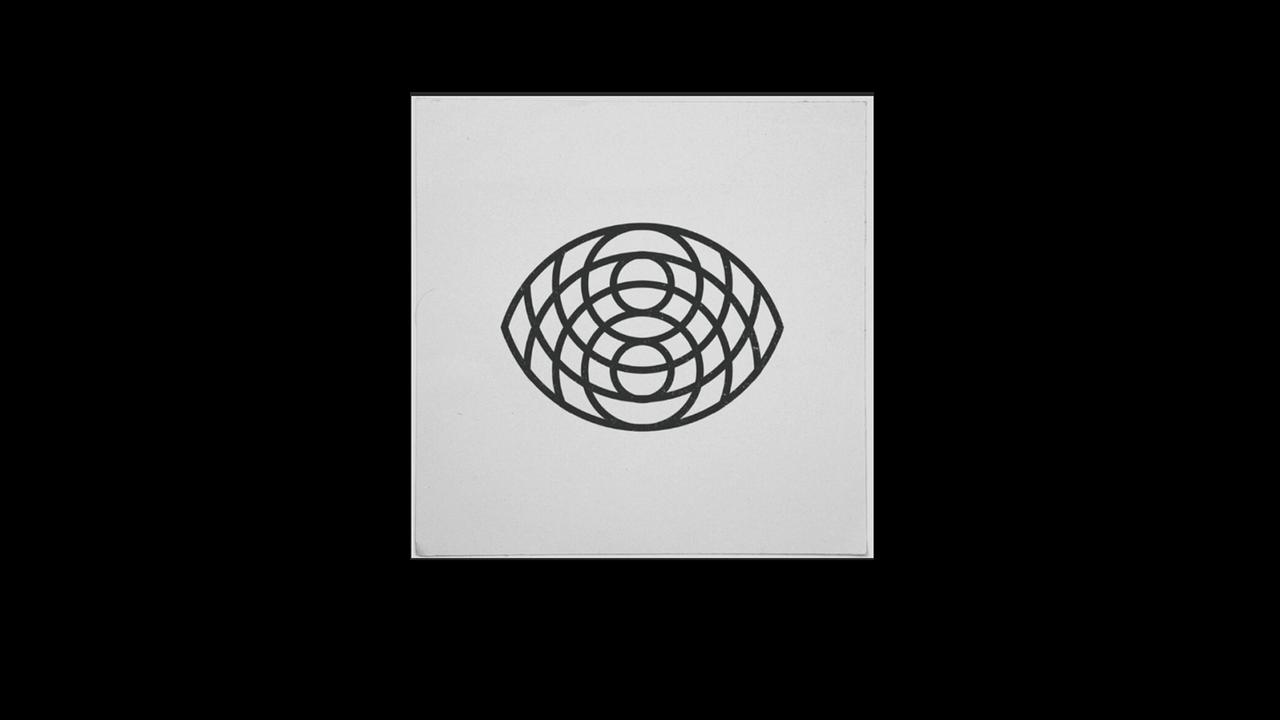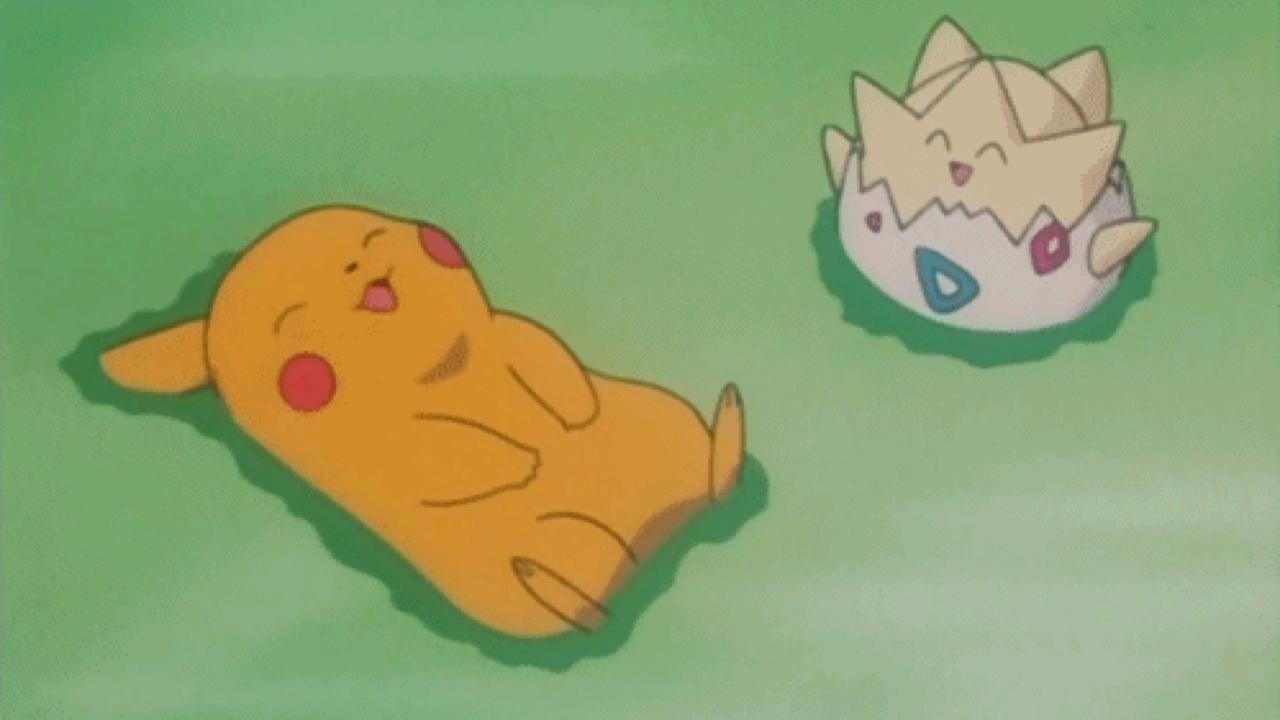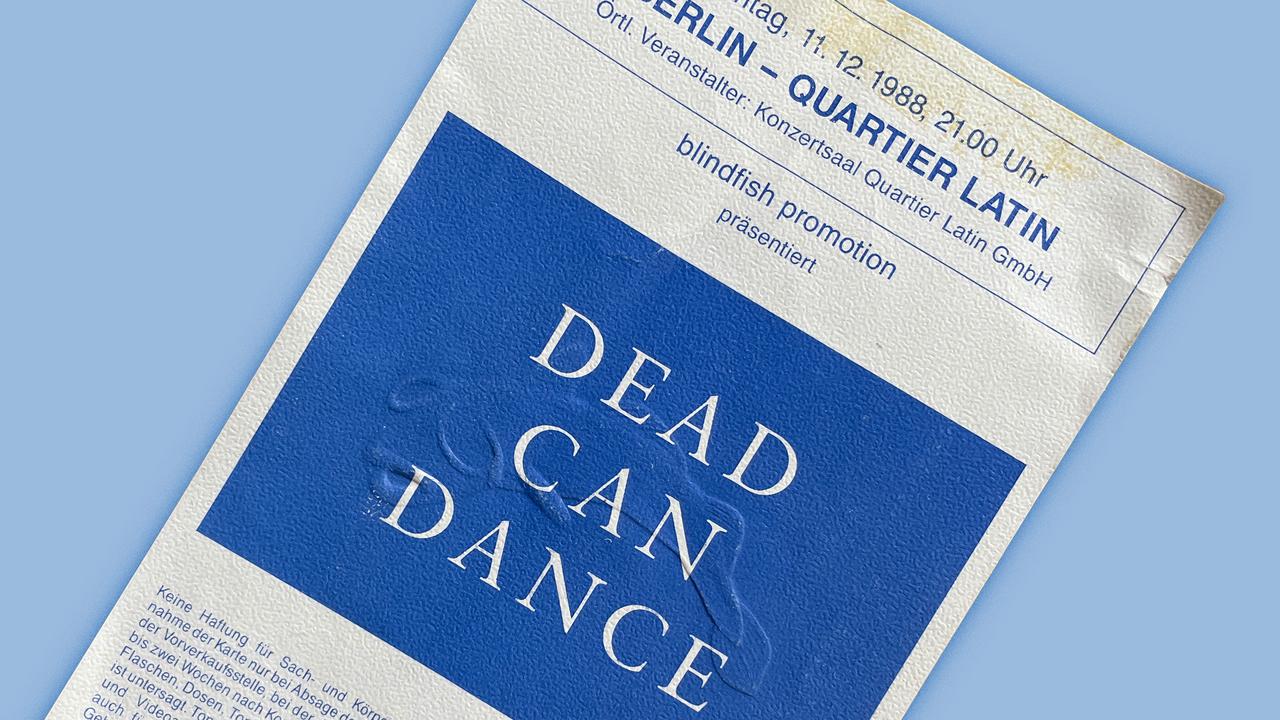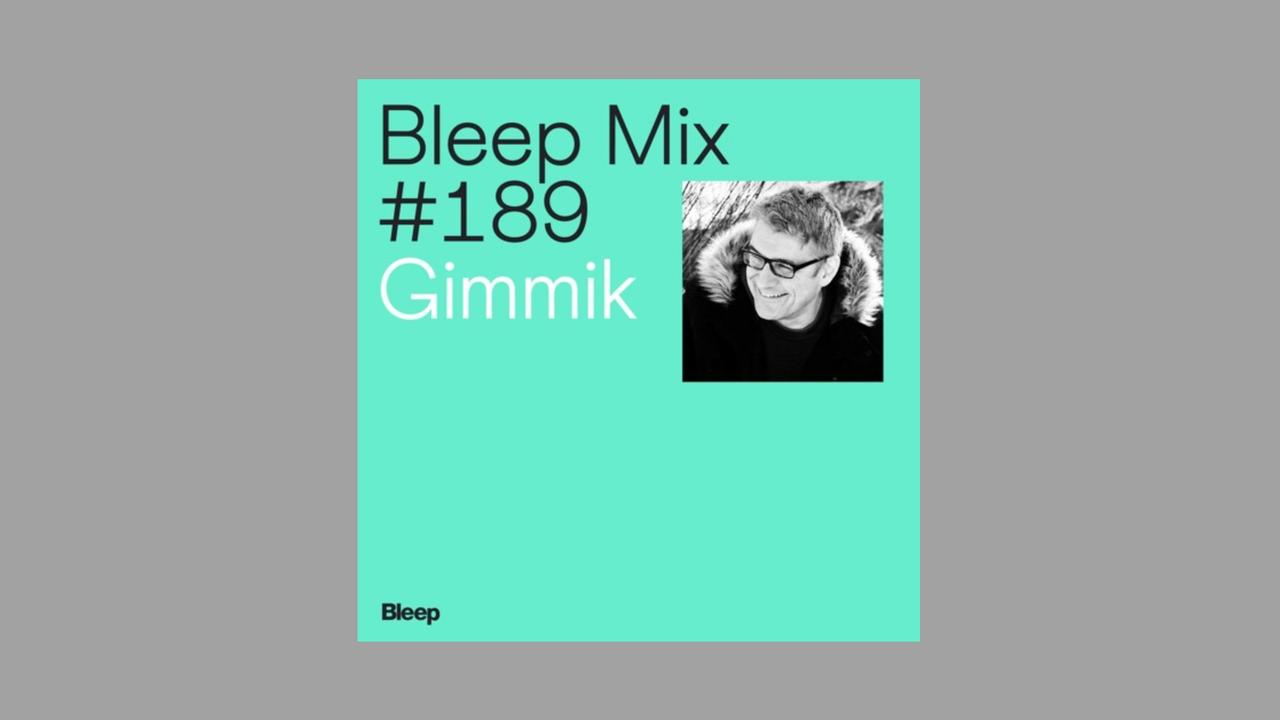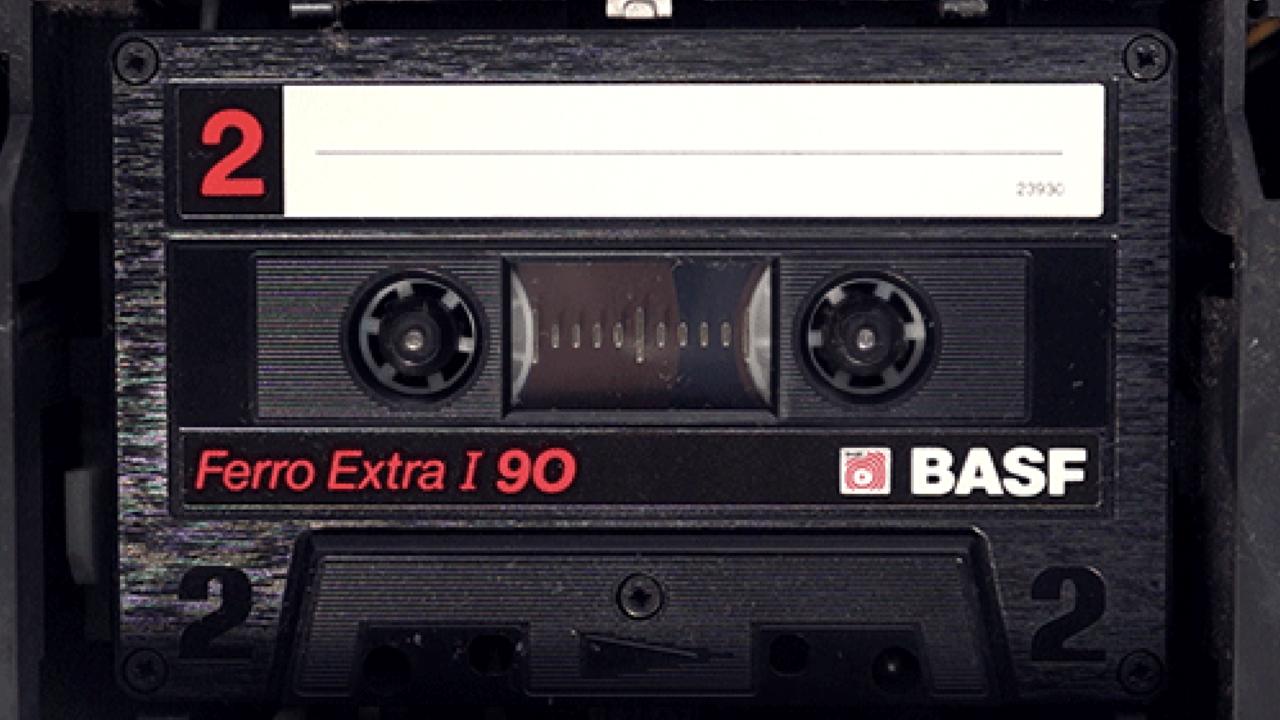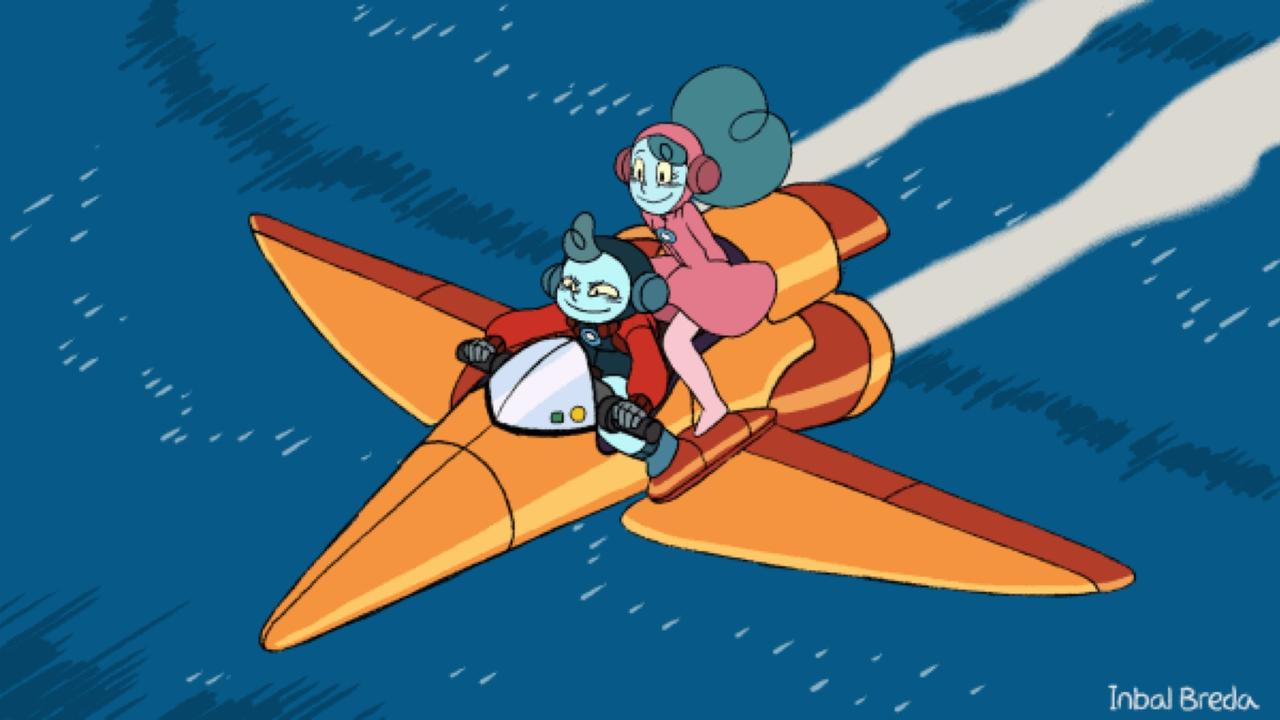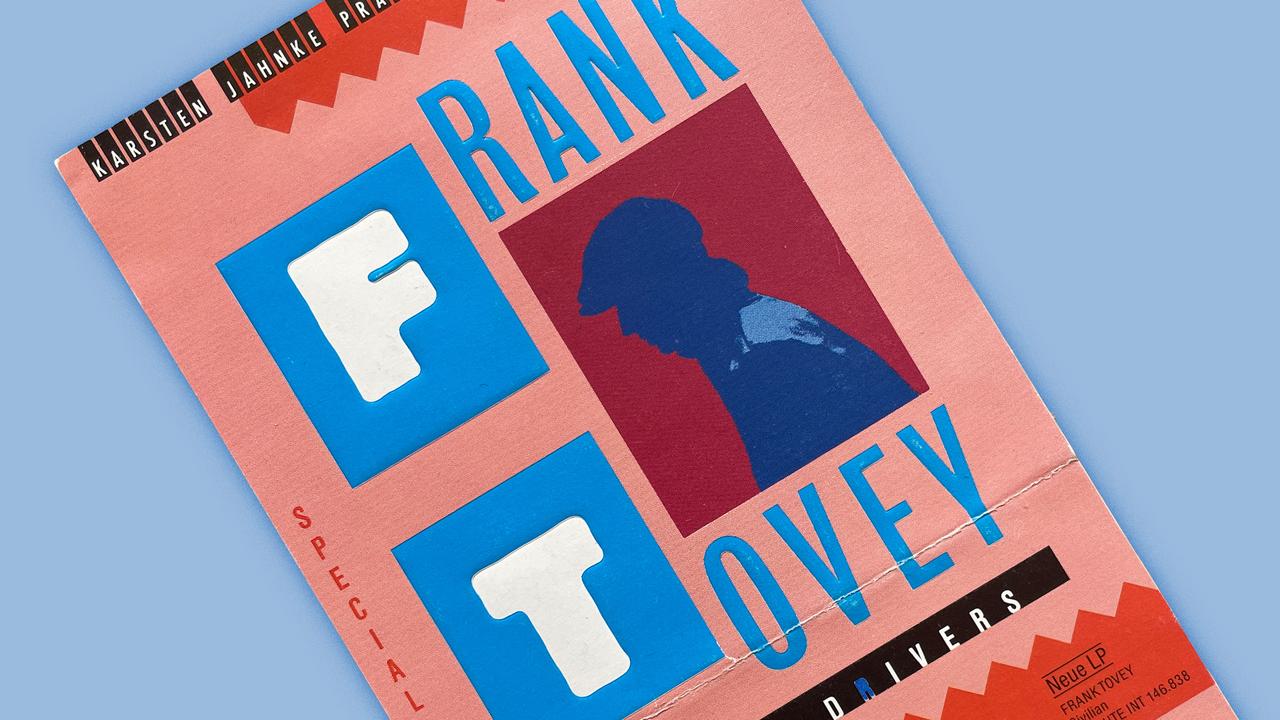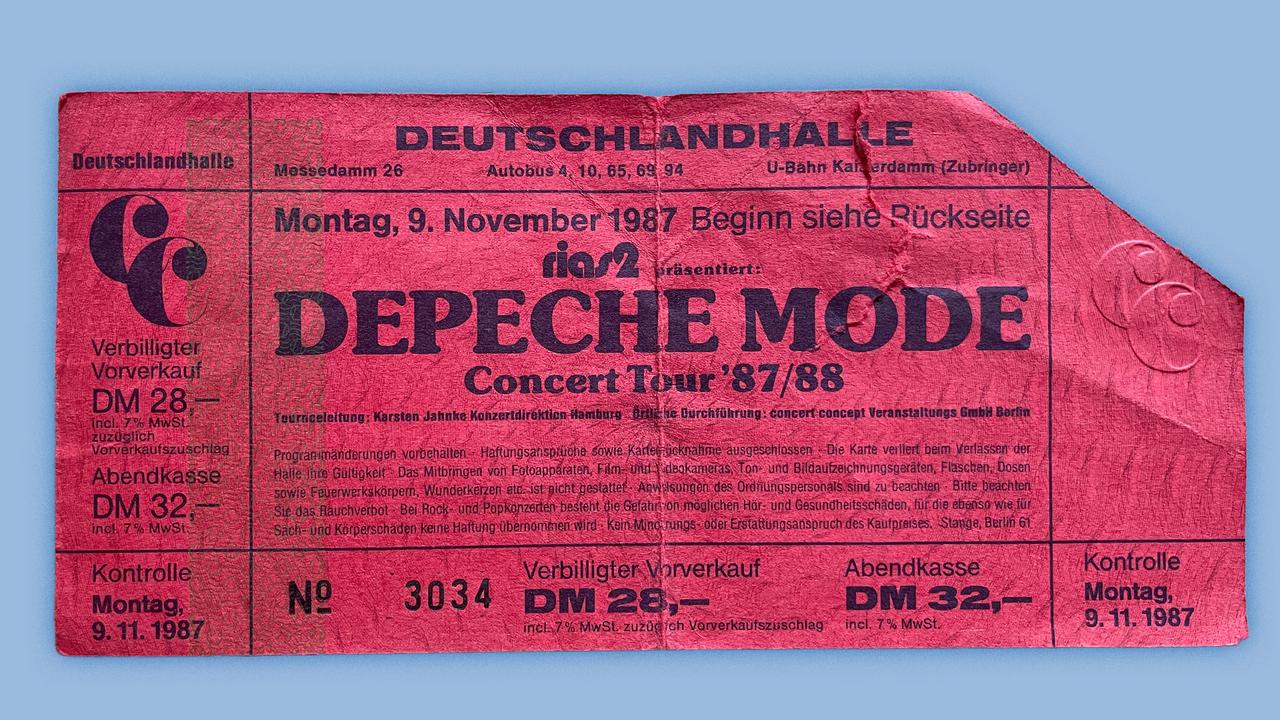Jóhann Jóhannsson – A User’s ManualChapter 6: And in the Endless Pause there Came the Sound of Bees (2009) – English
12.7.2021 • Sounds – Conversation: Kristoffer Cornils, Thaddeus Herrmann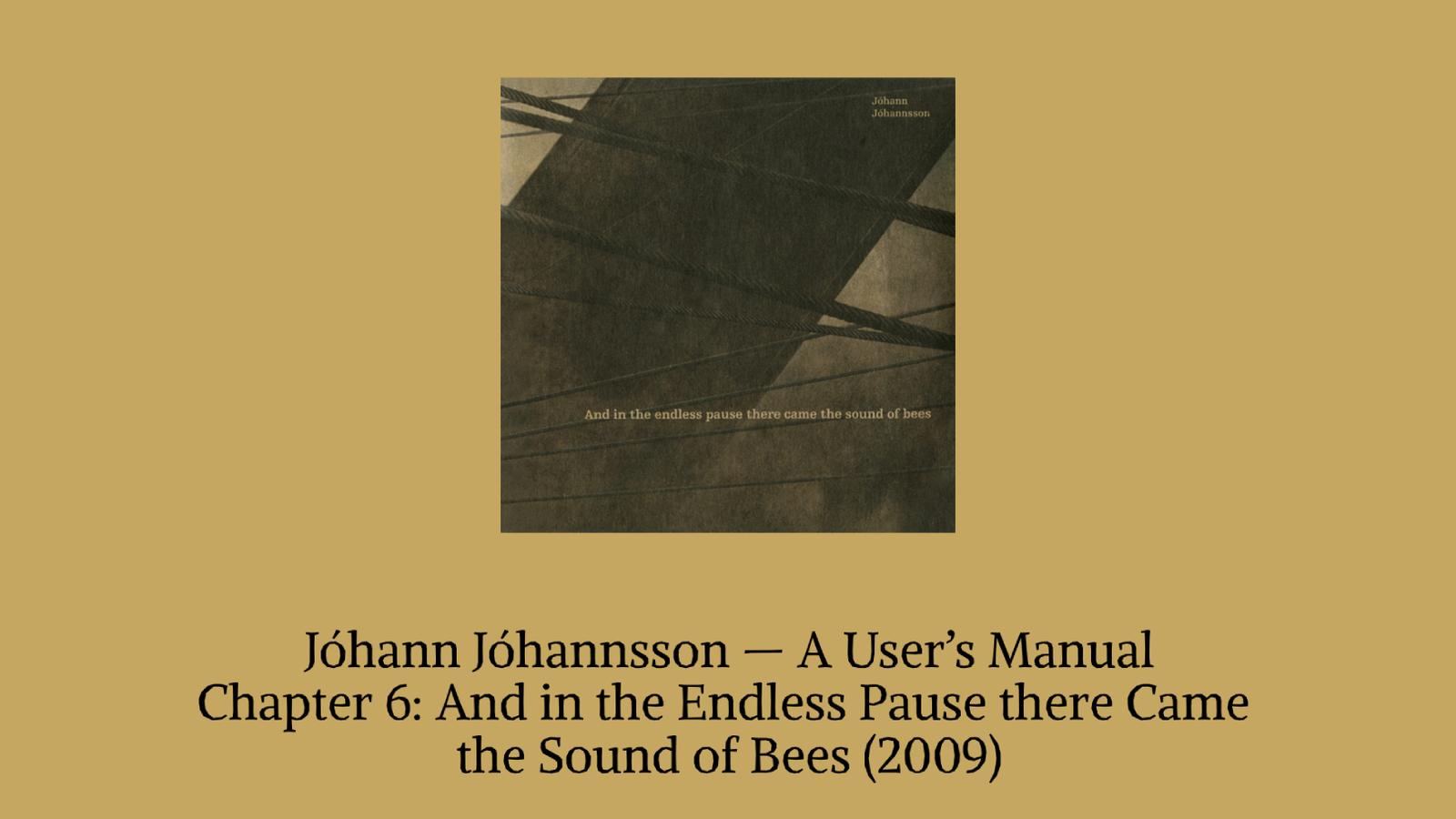
Jóhann Jóhannsson has released well over 20 albums in his career. And who really knows how many sound documents still lie in the drawer that could see the light of day posthumously. Once a month, Kristoffer Cornils and Thaddeus Herrmann review the composer's work - chronologically, album by album. In July, they discuss his 2009 soundtrack work "And in the Endless Pause there Came the Sound of Bees."
The animated film „Varmints“ is barely 24 minutes long and yet carries enough disturbing potential for a lifetime. Its illustrator Marc Craste's film adaptation of the book he made with author Helen Ward. The protagonist is an anthropomorphic, rodent-like little animal, in whose ideal world dark clouds soon gather—literally speaking. Animals build a gigantic city by hand (or paw). What follows is at first displacement and then despair. So far, so "The Animals of Farthing Wood." But the grumbling protagonist goes to town and moves into the cyberpunk-esque metropolis, accompanied only by a plant. What follows is a story of ecological, aesthetic and zoopolitical resistance. Let's not reveal the ending at this point, but the moving images are accompanied by the no less moving music of Jóhann Jóhannsson, who released his soundtrack in 2009 on Type under the name "And in the Endless Pause there Came the Sound of Bees."
Kristoffer: Uplifting, yet devastating. And vice versa. This is how I would characterise Varmints, a film built on cheap clichés and dedicated to strict dualisms: nature is bathed in friendly and soft-toned colours while everything constructed, technical, industrial is gloomy and foggy. It is a moral, even didactic short – with an anthropomorphic animal as its protagonist to make a statement about humanity. This may be fine because it is presumably aimed at a very young audience and has an educational purpose. However, the lesson is one that I think is deeply ecoconservative: we must leave the world we have made in order to return to nature. In Varmints, this is made possible by surreal, flying jellyfish. Does this mean, though, that redemption is not possible from within ourselves at all and that instead have to await the arrival of our translucid overlords? Okay, whatever. Be that as it may, although I watched the film several years ago, I fortunately perceive "And in the Endless Pause there Came the Sound of Bees" decoupled from these images. I was given the LP by an acquaintance who was friends with John Twells, the owner of Type, and had pretty much every record from the catalogue of the then extremely influential label on his shelf — but didn't particularly like this one. It was in better hands with me in that respect; for a long time it was one of my favourite Jóhannsson releases. It was only at the beginning of this year that I bought the tape reissue on Discogs for a hell of a price and listened to it continuously on a bitter winter's day during my daily compulsory walk. This soundtrack actually still resonates with me the most during winter and whenever I plunge into depressive holes, despite its light and euphoric moments. How do you feel about it?
Thaddi: If Jóhannsson's work were a small unprotected island in the sea, we would be witnessing a change in the weather here – and I'm not referring to the film at all. The wind blows from a different musical direction. No matter how light and airy the friendly leitmotif may be on this album: for the first time, the composer both introduces and confronts us with his categorically dark side, or rather shows that he has mastered that too. Unlike in his earlier compositions, he no longer allows a theme to swell and wane, to become louder and quieter, but instead brings two concepts into conversation with each other, or rather allows them to clash mercilessly. To my mind, darkness dominates this compositional work. Of course, there were rumblings before, too. Here, however, Jóhannsson pulls out the soundtrack bag of tricks with such force that it makes you tip over backwards. No warning at all. Perhaps "And in the Endless Pause there Came the Sound of Bees" is his proper application letter for a job in Hollywood —consciously or unconsciously. This is "big screen" material, pulling out all the stops that trigger and serve cliché terms like "suspense."
As to be expected, I was rather befuddled when I heard the album at the time it got released. Also, I only got to see the film for the first time much later. And when I watched it again earlier today preparing for our talk, I interestingly enough developed a new attitude towards it. Maybe it's because I'm currently built very close to the water anyway. Perhaps, even at the age of 49, I still have the desire to preserve my childlike naivety. I feel that this short film is just right for our times. Even if I consider the jellyfish ending to be a false resolution, I think that such impressively exaggerated adaptations of our times are needed. And perhaps also the degree of abstraction with that cute mythical creature. As soon as the effects of global problems are projected onto other species, they become even more tangible for us. Then there is less Orwell and more soul. I remember well seeing When The Wind Blows at the cinema in 1986. I cried so hard. Today, the "quick" nuclear war of that film compared to the creeping process of environmental destruction makes no difference to me. We need stuff like this.
„The choirs alone are wonderfully outlandish. Are those real people? I don't know. It sounds like it, anyway. That is also one of the great strengths of this soundtrack.“
Kristoffer: That's a good point, of course, and perhaps exactly what makes me so angry: there's actually quite little to object to about this film. But that's not what this talk is about, at least not primarily. It's about the soundtrack. I second what you call a change in the weather in the context of Jóhannsson's oeuvre. That's why I find it somewhat bizarre to listen to this record in the summer. Low incidence rates all over Germany, life is starting again — it seems strangely out of joint. On the other hand, I do find it timelessly beautiful. Jóhannsson's work with the leitmotif is grandiose, in that respect "And in the Endless Pause there Came the Sound of Bees" is one of his best albums. Here, too, he really exploits the possibilities of the orchestra —again, the Prague Philharmonic— with full consistency and the best of skill, and at the same time, with "Escape," he already hints at the dark grumbling and creaking that will later characterise his soundtrack for Arrival. In that respect, this work is already resolutely pointing towards the future. However, it also clearly sets itself apart from his previous works. Comparing it directly to "Fordlandia", we are dealing with a rather big break in style, are we not? The pathos is there, but it is not conveyed through a sound as broad as possible, but differentiated through hard-hitting compositional tricks. The sound design plays a big role, as well. The choirs alone are wonderfully outlandish. Are those real people? I don't know. It sounds like it, anyway. That is also one of the great strengths of this soundtrack.
„Jóhannsson still finds a comprehensible language in these mood contrasts.“
Thaddi: Well, my thesis is that we both like this record so much because the aforementioned grumbling still has a great musicality. Unlike with his works for "Prisoners" for example — if I remember correctly — or "Sicario," where the sound design clearly has priority. At this point in his career, Jóhannsson was underscoring more than composing. At least that's how I felt when listening to the music — without having the corresponding images in mind. Here, however, the pendulum swings evenly in both directions. He finds a still comprehensible language in these mood contrasts. That is the reason why the work works so well for me despite all the showmanship. And with the lighter parts of this work, everything is back in order anyway, that is: turned towards Jóhannsson's past.
Kristoffer: That's true. The term "underscoring" is very helpful in this context: this music is very much in the service of the film, which also works with light and darkness. Jóhannsson captures this wonderfully. In fact, this work is followed by his first real commercial soundtrack work for the film with a star cast, Personal Effects. It is similar in style. But in my opinion he has not yet found the formula that made the soundtracks of, for example, Prisoners, Sicario and then finally Arrival so extraordinary. Why? Well, because there, the music is integrated into the images in such a way that the two can hardly be thought of without each other. But here? He’s colouring in the images once with white and once with black paint. That doesn't make for a particularly broad palette, but Jóhannsson knows how to use it and creates very nuanced and vivid paintings even with those two non-colours. I have to say that I'm quite impressed. There is a form of minimalism inscribed in this soundtrack that only reveals itself on a structural level — lots of repetition, working with leitmotifs and sometimes very similar sounds. And yet, he creates an atmospheric and overall varied picture. So a little more than a decade later, I'm still a fan, even though this album hits hardest to home during winter.
Thaddi: Well put. For me, it captures the essence of the kind of soundtrack I like the most: the ones that also work without the images on the big screen. We've talked about this numerous times, and we'll inevitably come back to it again during the course of the series. What is a soundtrack? What does it have to do? And on which occasions? Is it even legitimate or advisable to release it as an album if the music per se lacks the visual basis for which it was composed or conceived? On "And in the Endless Pause there Came the Sound of Bees" it works. As I said at the beginning, I only saw the film much later and didn't initially have the keyword “soundtrack” in mind. It has musicality, is self-contained, with itself. It has character, for the lack of a better word. And yet you can tell from the tracks, not only because of their shortness and repetition in the themes, that they don't just have to stand for themselves. That it could be about something else, something more.
Kristoffer: I completely agree. We will certainly talk about it, but: I very, very rarely listen to "Prisoners," "Sicario" and "Arrival", for example. And when I do, I care mainly about the sound design or other aesthetic questions and less about the emotionality of it all, about a possible narrative. What made Jóhannsson so great as a soundtrack composer was that he could really integrate the music and the moving pictures. Which on the other hand meant that the sound without images didn't necessarily offer the full experience. In that respect, this album is probably immature in the most beautiful way. He works a lot with conventional tropes and structures from the soundtrack tradition, albeit at an extremely high level. But his real, for lack of a better word, genius only revealed itself later.
Thaddi: Which brings us to the basic definition of what a soundtrack should, can or perhaps must do at all beyond the images. Shall we call Hans Zimmer?
Kristoffer: Please don't! Otherwise I'll say things that’ll put me in jail. I think this soundtrack work was a passion project. Insofar as this film, unlike the following score for Personal Effects, was not a blockbuster. And that Jóhannsson perhaps used it to really, well, colour in the aesthetics of the film and underscore its content in a very direct way. He succeeded magnificently, and certainly it is one possible definition of what a soundtrack should achieve. But I still prefer "Sicario" and others in another respect, because they represent a profound artistic examination of the source material, which I consider more exciting and productive in relation to soundtracks, at least in theory. But in practice? “And in the Endless Pause there Came the Sound of Bees" is one of my favourite Jóhannsson albums. And fortunately, I don't see the film before my inner eye at all when it's on.
Thaddi: So is it really a matter of luck when musicality and setting really meet and merge in such a way that it also becomes a good album? I know only a few soundtracks that work like that. This album is one of them, but so is "Blade Runner," for example. Though the latter basically works the other way round. With bombast and grand gestures, but still reflecting the visual language of the film. So is it mere coincidence? Or does it perhaps also have to do with who puts what together in which order?
Kristoffer: Stupid question, but: do you really think Vangelis' "Blade Runner" soundtrack is a good album? Like, spelled with a capital A? Because I actually don't, I think. Instead, Vangelis succeeded in doing exactly what I see and hear in Jóhannsson's work with Denis Villeneuve — and what I had also hoped for when I was told he was working on the new "Blade Runner:" that image and sound are inseparable, which in turn means that the OST as a record, CD or continuous stream represents only a part of a much larger work. And that, as I said, is not what I hear on "And in the Endless Pause there Came the Sound of Bees." Rather, I hear Jóhannsson masterfully working with the orchestra as an instrument and using the extremely simple source material as a starting point to create an album. I've always perceived "And in the Endless Pause there Came the Sound of Bees" as an album, but never really as a soundtrack. And you know what? In combination with the film Varmints, as its soundtrack, it annoys me too, actually. But without it? I think it's really, really stunning. Which I guess doesn't answer your question. But we will definitely come back to it in the next episodes.
Thaddi: Let me just withdraw the example of "Blade Runner" example. I had completely forgotten that Jóhannsson had been commissioned to write the music for the sequel and — as we all know — failed at it. A silly comparison. Yes, what makes Vangelis' soundtrack so captivating is the use of samples from the film and thus naturally also connects both formats. However, even without these samples, I find the work musically very convincing. It also works as an album without pictures. It has a certain musicality that doesn't just follow the screen. That's what I look for in soundtracks as pure music. I want to be captured by them, whether I'm watching or not. And Jóhannsson does that here in an exemplary and excellent way.
